The Windows 10 Store for games shouldn't try and take on Steam, it should be something different
Microsoft's strategy for the Windows 10 Store as far as gaming is concerned has left many of us scratching our heads for a while, but improvements are being made.
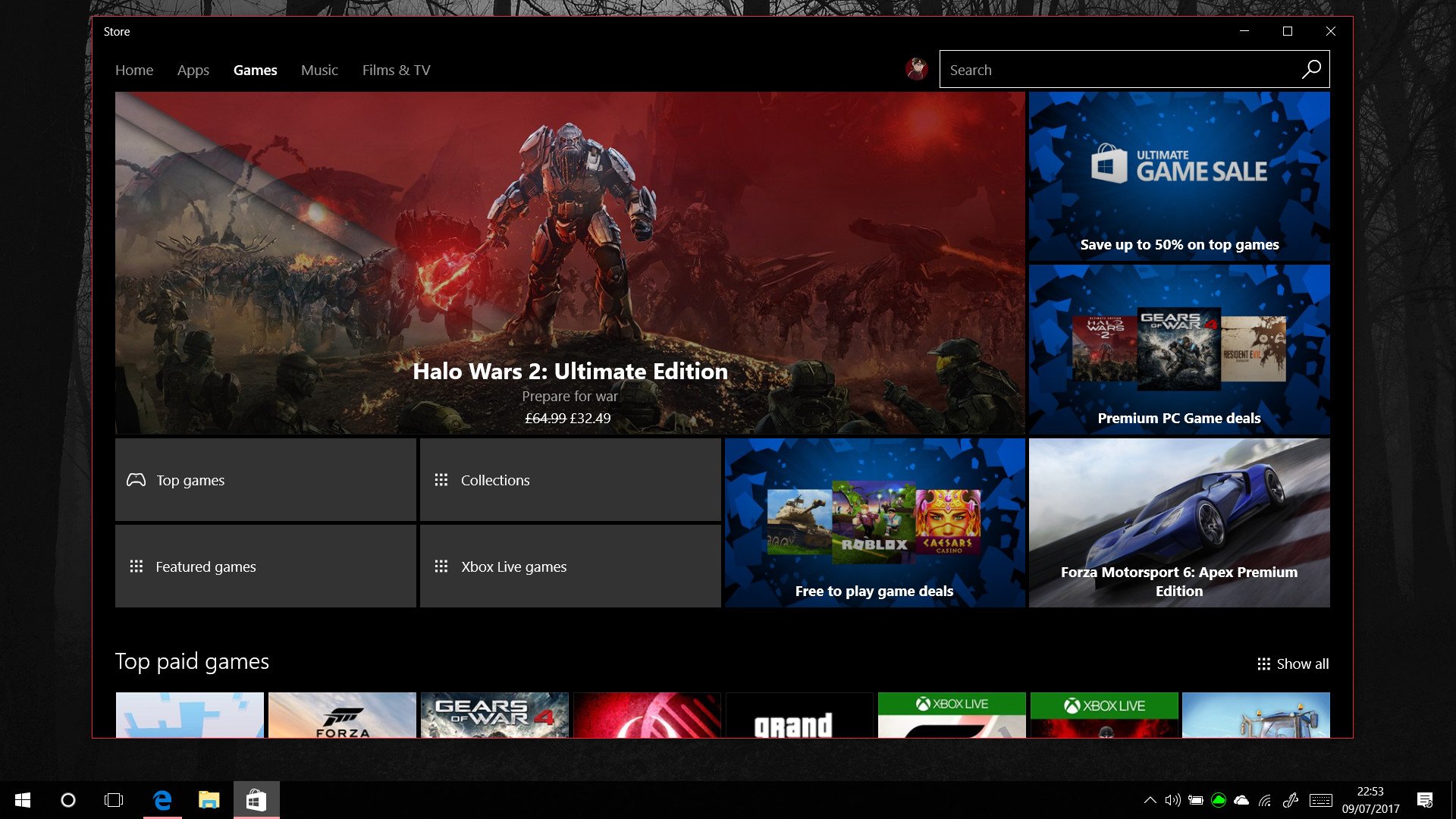
Recently, I looked at how Microsoft has been making steady changes to the way the Windows 10 Store on PC handles its "Games" section. Microsoft has removed the "Recommended" section, which usually ended up surfacing Windows 8-era mobile games alongside AAA PC titles. The "Best Rated" section has been moved to the bottom, owing, once again, to the way legacy ratings and mobile games have impacted the overall metrics. And Redmond has also created a new "New PC games" row, focusing specifically on games designed for mouse and keyboard first.
There are still improvements to make, but Microsoft is listening and iterating, and it's clear that Redmond wants the Windows 10 Store to be seen as a viable store not just for serious PC game developers, but also serious PC gamers as well. The thing is, I'm not sure the Windows 10 Store can ever hope to compete with the goodwill, feature set, and the huge catalogue of games Valve has built up over the years for Steam. Competing head on isn't going to do Microsoft any favors.
I think, instead, Microsoft should focus on offering something different.
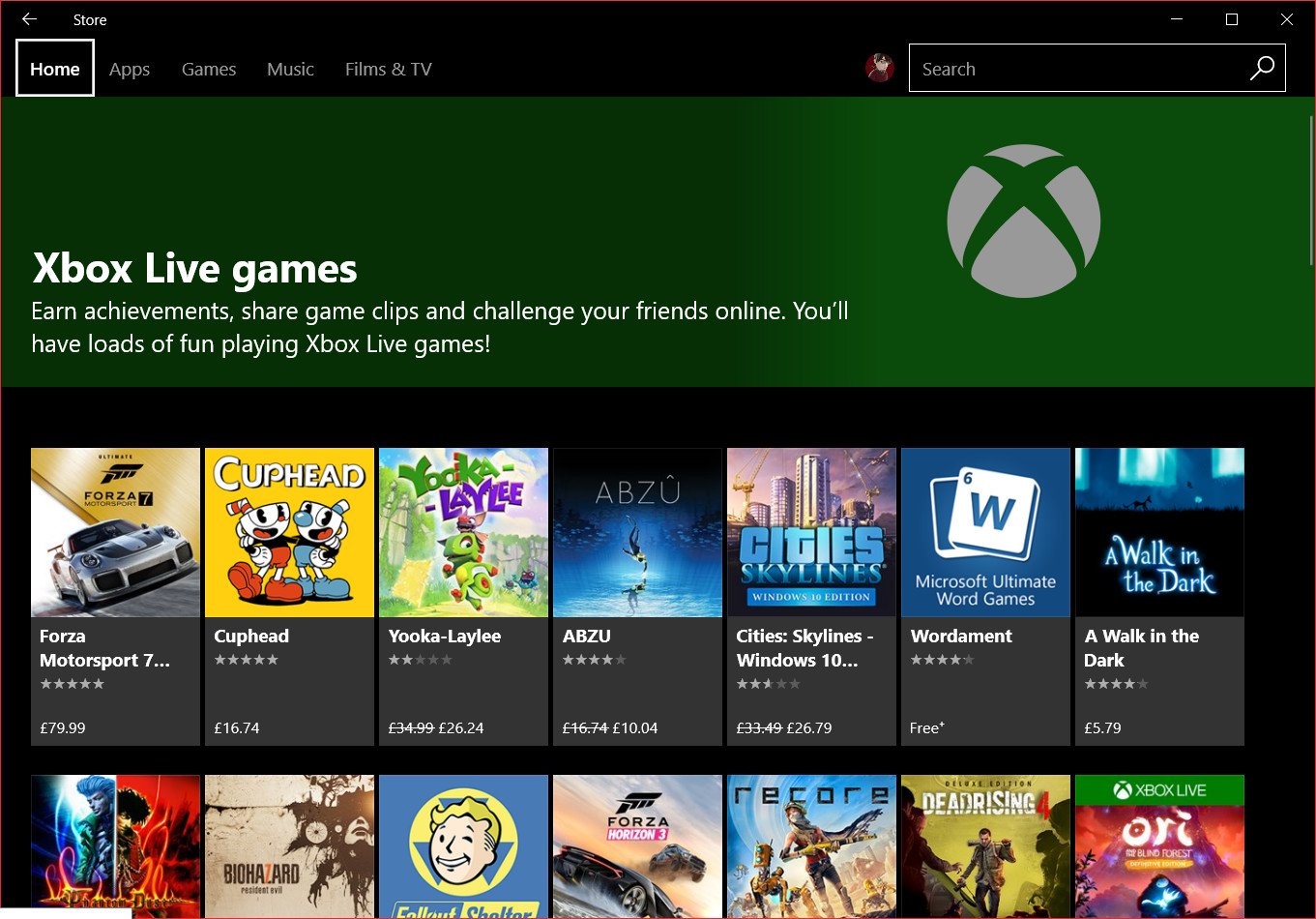
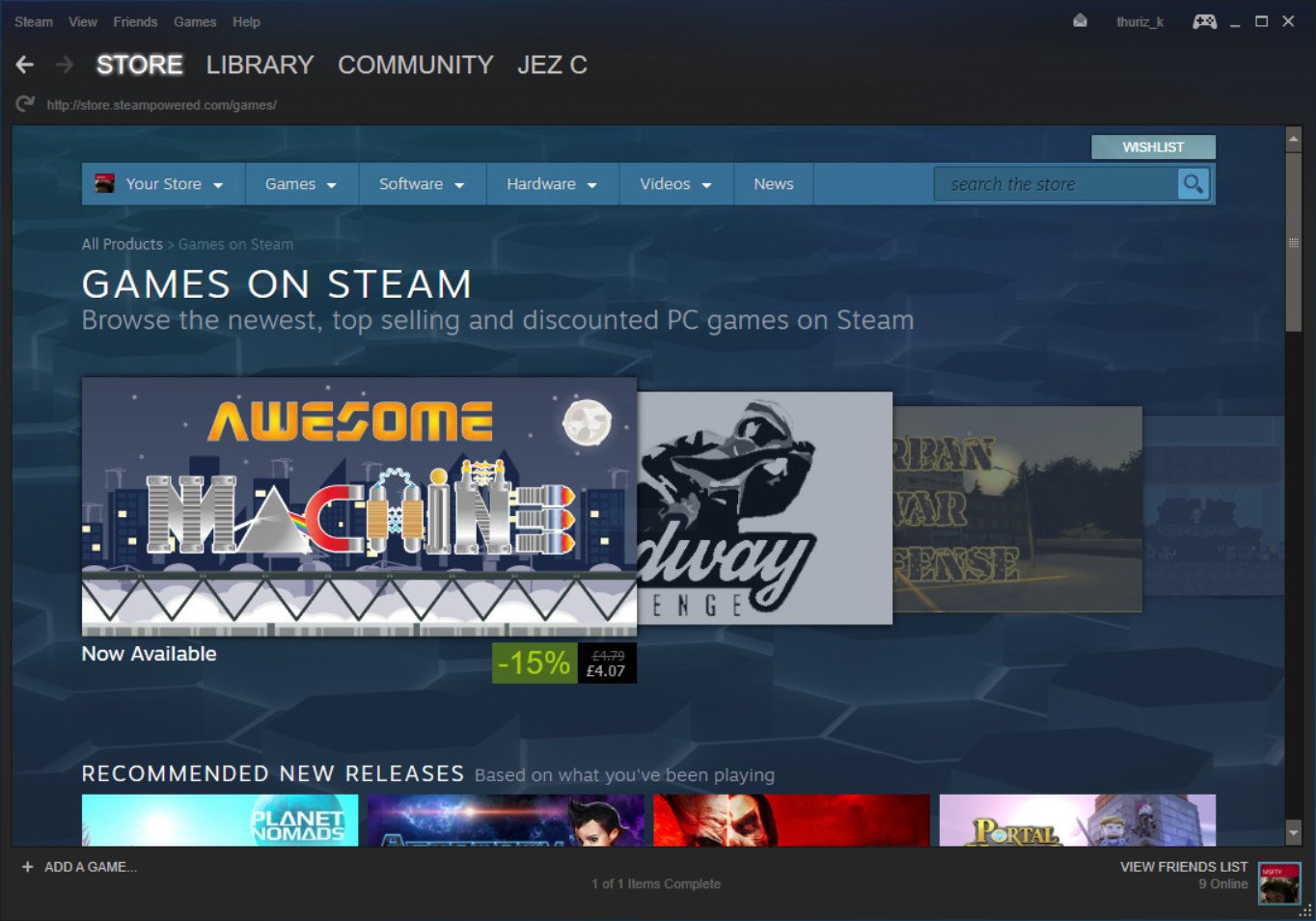
Windows 10 Store vs. Steam.
The Ghost of Games for Windows Live
Games for Windows might be dead, but PC gamers by and large remember it, and frequently point to it as a reason to not trust Microsoft when it comes to PC gaming platforms. PC gamers held similar mistrust for Steam too, when it first launched, but now Valve's powerful, but arguably bloated Win32 Steam launcher has become synonymous with PC gaming itself.
It's not just the service itself, either. Half Life 3 memes, Valve CEO Gabe Newell's status as an internet celebrity, Steam sales, community reviews, forums, and groups. Steam is ingrained in the consciousness of PC gaming, and is as much a part of the hobby as the games themselves. Even in Microsoft's most optimistic dreams, I doubt the company could even hope to compete with that zeitgeist on PC, despite owning the platform where Steam is most popular — Windows.
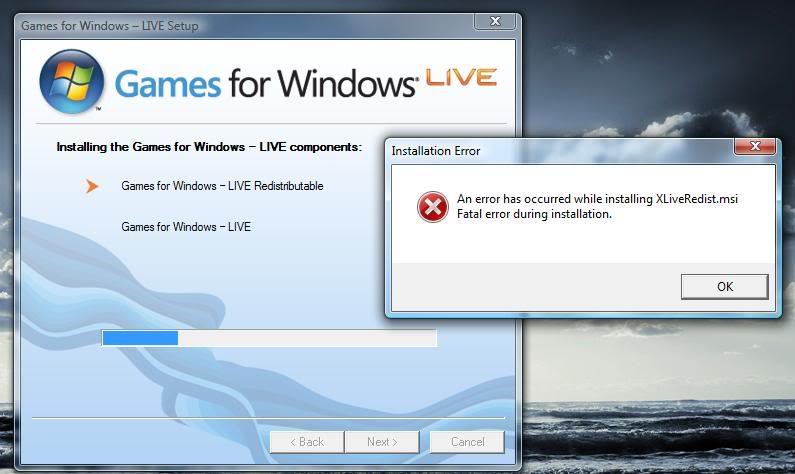
Microsoft's image as Windows platform holder has improved leaps and bounds since the dark days of Games for Windows Live (GFWL). Microsoft attempted to impose a Xbox Live-like fee on the service, which PC gamers resoundingly rejected. Games that utilized GFWL digital rights management (DRM) often had issues registering serial keys, and there was a litany of other small issues that Steam gamers simply didn't have to deal with. The service was eventually shut down, solidifying Steamworks as the de-facto DRM service on PC.
Get the Windows Central Newsletter
All the latest news, reviews, and guides for Windows and Xbox diehards.
Microsoft is trying to edge its way back into PC gaming leveraging the Windows 10 Store and the Universal Windows Platform (UWP), which is wildly different from Steam and the way classic PC games are delivered.
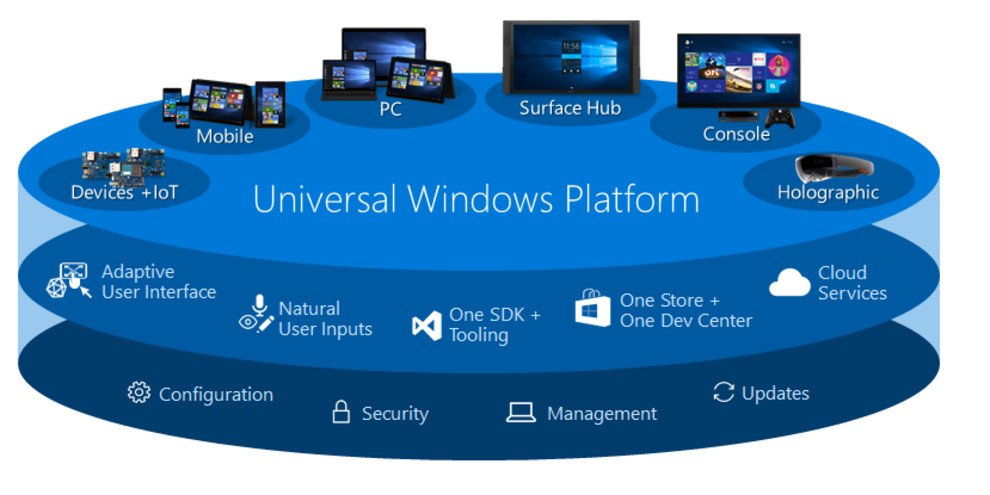
UWP has seen its fair share of criticism too from all walks of life, some of it valid, some of it baseless conspiracy fuel. I've written previously about what UWP means for gaming, and its relative immaturity as a platform, and how accusations that it's simply GFWL 2.0 are unfair.
Xbox in your PC: The Universal Windows Platform is premature, but not evil
Even if the idea of Microsoft having another PC DRM platform is too difficult to stomach for the PC gaming community, it doesn't matter too much. Steam has a full-blown monopoly, and it doesn't seem likely that Microsoft will be able to strike it down, even if it wanted to.
Xbox head Phil Spencer has previously gone on record to praise Steam and its contributions to creating a vibrant ecosystem for PC gamers. Spencer also made good on his 2016 promises to bring more games to Steam, which now includes Killer Instinct and Halo Wars Definitive Edition.
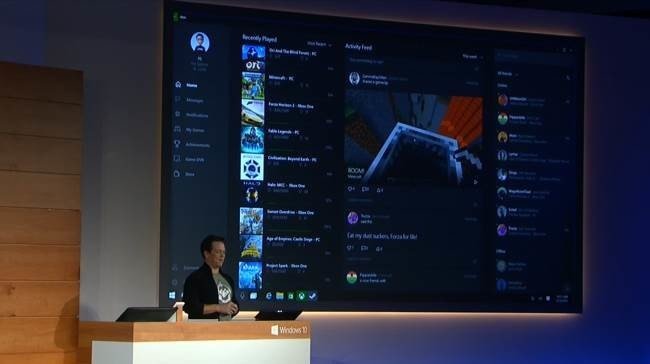
I think the best way for Microsoft to co-exist with Steam is not to simply go head-to-head with the platform. Instead, Microsoft should offer something different, to a different user base, in a way that will not only help Windows and Xbox, but one that could also help Steam and PC manufacturers too.
Closed vs. Open
Microsoft debuted Windows 10 S a little while ago, which is effectively an edition of Windows that is entirely focused on the app store. You can't install programs from outside sources on Windows 10 S, making it incredibly secure, and, at least in theory, better for battery life. Most of the hardware announced for Windows 10 S thus-far is certainly not powerful enough to run high-end "core" games, save for some less intensive ones like Minecraft perhaps, but that doesn't mean there won't be more powerful Windows 10 S options in the future.
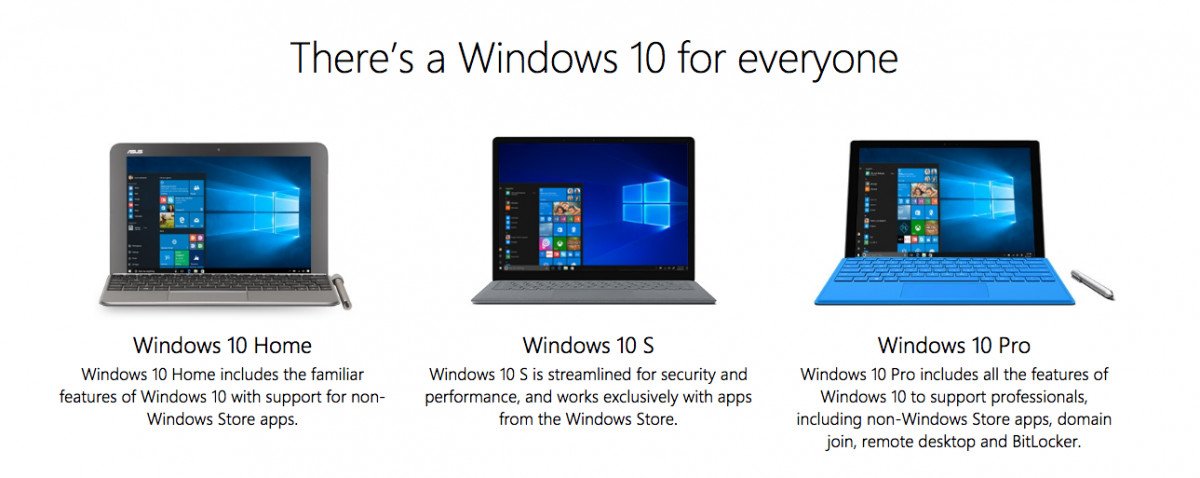
It's not so much the operating system itself that is relevant to this discussion, but the sentiment. Windows 10 S represents Microsoft's desire to get more apps into the Windows 10 Store, which is checked, controlled, and secure. Blocking the execution of unverified code will generally make Windows 10 S far more secure, and, of course, it has the side benefit of giving Microsoft a cut of app sales, similar to iOS, Android, and indeed, Steam.
Most core PC gamers will always want Windows 10 Pro for Steam, but that lifestyle isn't desired by all gamers.
Microsoft isn't going to stop supporting Win32 ".exe" games in the near term, or even the long term. It's by far the most popular method for delivering programs and games on Windows, and that isn't going to change anytime soon. This is why Microsoft created Project Centennial, which allows Win32 apps (and games) to be wrapped and secured for delivery on the Windows 10 Store. Still, companies that have the foresight to see where Microsoft is eventually taking Windows have already begun bringing their applications to the Windows 10 Store, including Spotify and even iTunes. Steam, however, won't be able to follow suit.
Unless Microsoft changes something, Steam will always require Windows 10 Pro editions because the games on its store require Win32 libraries that are restricted on Windows 10 S. It's not really a big deal, since "S" targets a different audience to "Pro," as suggested by their names. It's no accident that Microsoft revealed Windows 10 S at an event focusing on business and education sectors, as it aims to stem the rise of Chromebooks.
Core PC gamers will always want Windows 10 Pro for Steam, and for the ability to download and install mods, some of which might be delivered via Win32 packages. But that lifestyle isn't desired by all gamers.
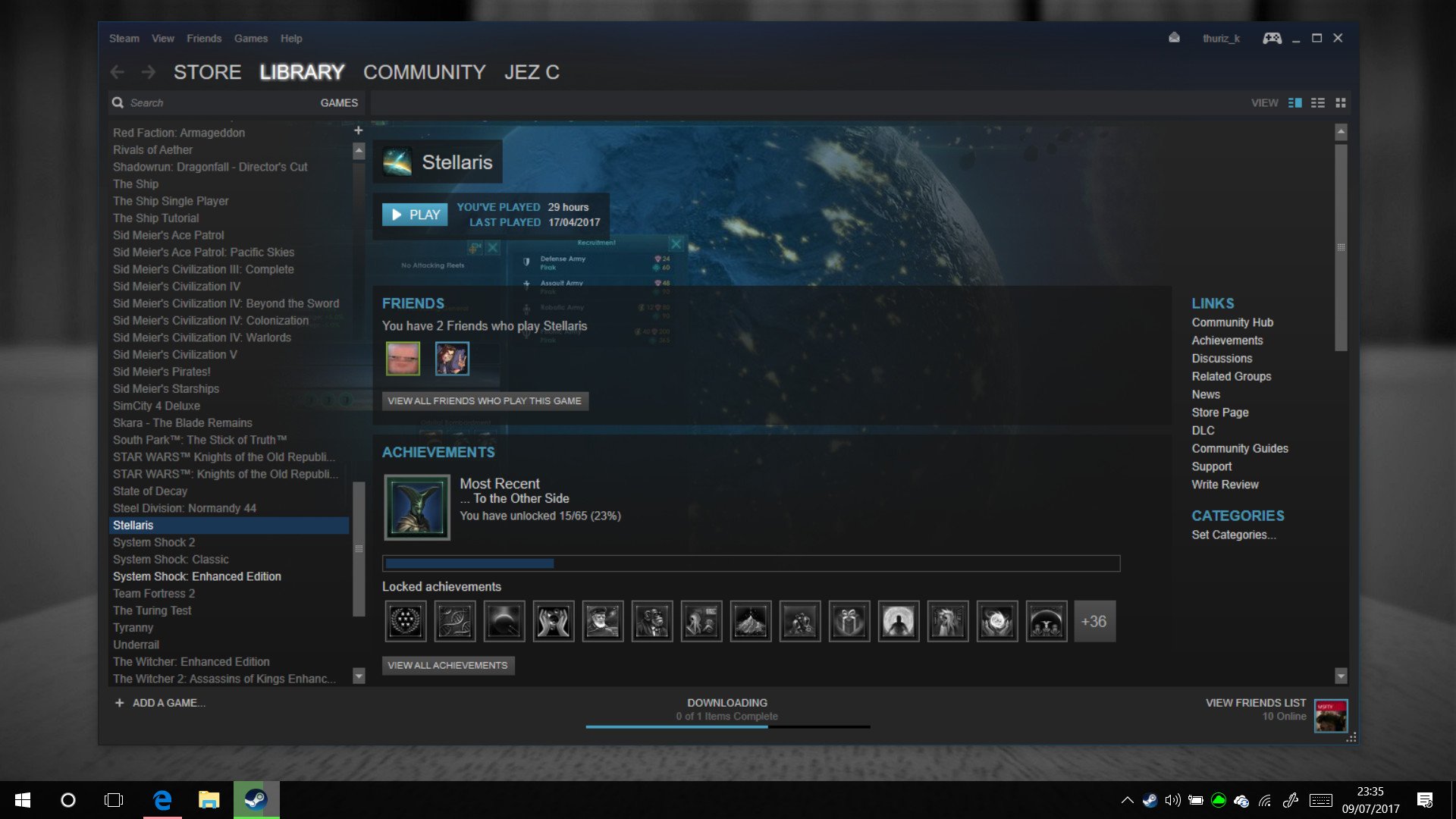
The power and openness of PC are simultaneously its biggest strength and its biggest weakness. Compatibility issues, quality control, and hacking is rife on PC, but it has led to some of the greatest and most beloved games in existence, not to mention the most innovative.
As an open platform, PC will remain the driving force of all core gaming, but console and even mobile gaming have risen to prominence in the background, powered by safe, secure, and convenient platforms like iOS, PlayStation, and of course, Xbox Live. As such, the curated Windows 10 S should prove to be not only adequate for many, but it might actually be desirable. Microsoft should consider building a gaming ecosystem on the Windows 10 Store that targets that type of user, whether they're on Windows 10 S or Pro editions.
"Xbox for PC"
I opened by saying Microsoft shouldn't bother trying to take on Steam because I think they could bridge the divide between the power and openness of PC, while bringing some of the convenience and consistency of console. I think Microsoft should let Steam have the hardcore PC audience, and let it continue to flourish as a bastion of open, innovative development that it has always been. The Windows 10 Store could be a secondary option, for gamers who want a console-like experience on their PC, or casual players looking to try out PC gaming for the first time.
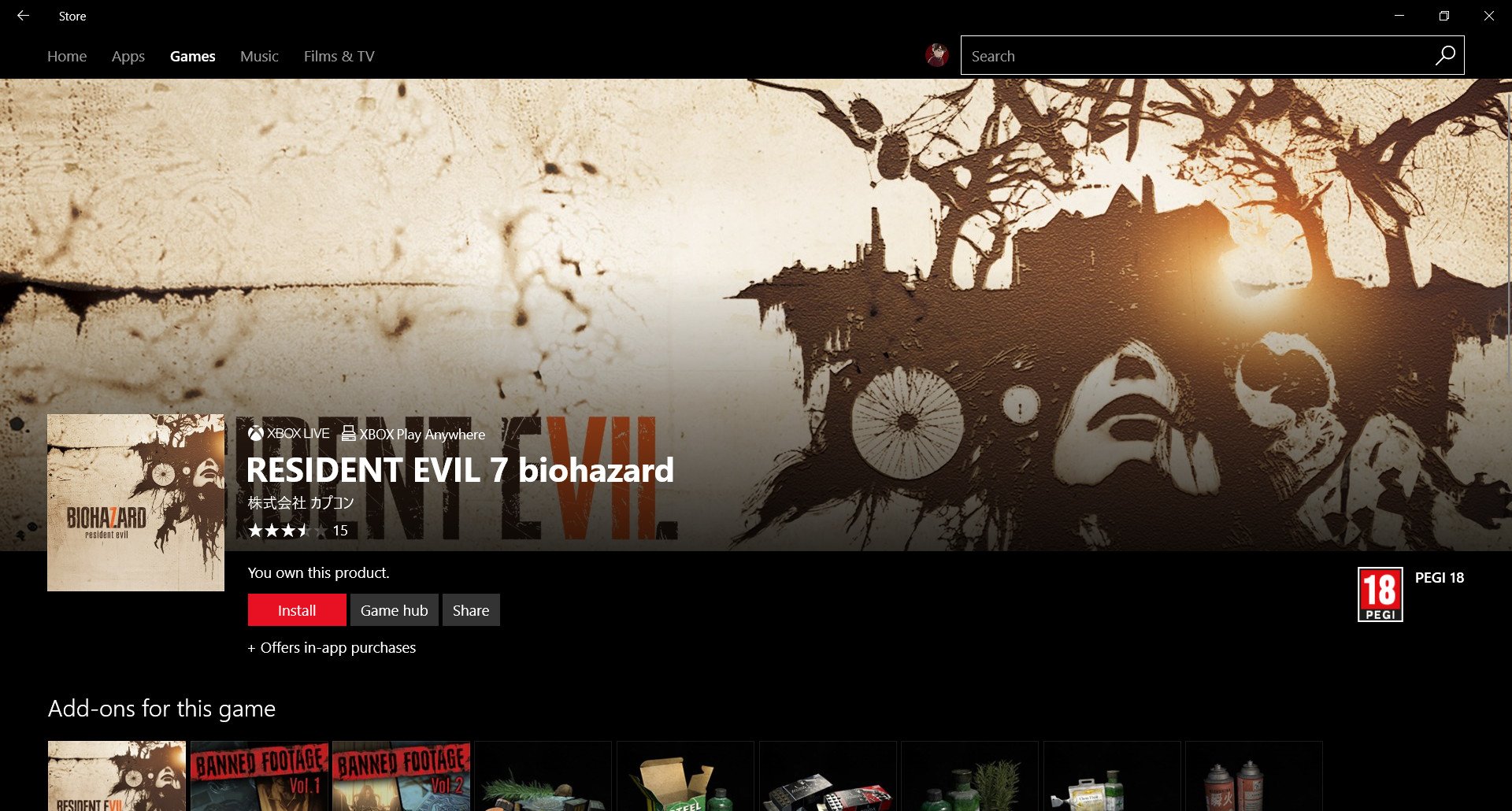
The Windows 10 Store already has moved in this direction to some degree. UWP apps always run in Windowed mode, and don't run with screen exclusivity. Casual PC users more familiar with the "Windows" experience will no doubt find UWP more friendly if they haven't experienced Win32 PC gaming before, where keyboard shortcuts or a whole host of random application exit methods are generally considered the norm for exiting games. UWP games are always top right corner, "X" button to close, like any other window.
Casual PC users more familiar with the "Windows" experience will no doubt find UWP more friendly if they haven't experienced Win32 PC gaming.
Most Win32 games run in full screen exclusive mode by default, which as a console gamer, I've always found annoying. And even then, wrestling with resolution, window sizing, and positioning varies from game to game, which is a far cry from the consistency I enjoy on my Xbox. UWP games interact with Windows in a more regimented way, because they run in a container.
UWP games on the Windows 10 Store often have Xbox Live integration for achievements, save syncing, and occasionally, Xbox Play Anywhere (XPA) cross-purchasing. This is a godsend for those with gaming PCs who also game on console. I can now take my Razer Blade and fire up Killer Instinct and play from anywhere, with my characters and progression syncing over the internet. It just works.
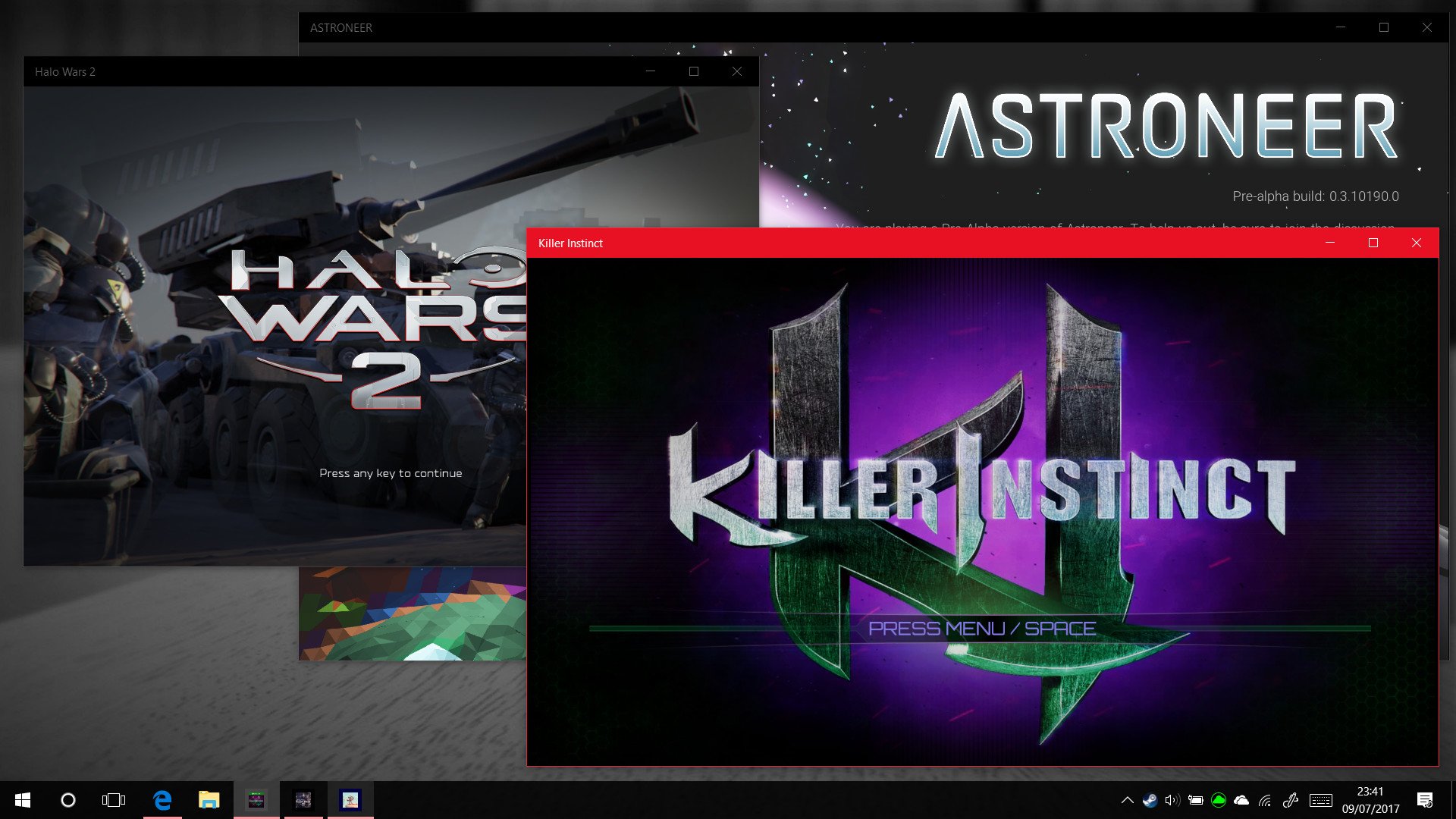
And this is generally how I feel about core UWP games on the Windows 10 Store, it should be there to support Xbox and perhaps target more casual PC gamers who don't want to mess around with config files or settings, or go hunting through forums to solve hardware-specific problems. We just want our games to work as soon as they're downloaded, and that's what the console experience offers in a way Win32 PC gaming all-too-often doesn't.
I can now take my Razer Blade and fire up Killer Instinct and play from anywhere, with my characters and progression syncing over the internet. It just works.
By going after a console / casual gamer audience, Microsoft won't need to gun for the hardcore PC gamer who is deeply invested in Steam, its community, and its modding capabilities. Instead, Microsoft can offer an alternative Xbox-like experience on PC — "Xbox for PC."
There are already a few popular third-party games on the Windows 10 Store that support XPA cross-purchasing and Xbox integration built for UWP. Resident Evil 7 has to be the best example here, of a game that is supremely well-optimized for PC, yet can carry save progress across Xboxes and PCs tied to your Gamertag with zero effort. Naturally, the vast majority of Microsoft's first-party line-up supports XPA as well, including Gears of War 4 and Halo Wars 2, with future games in tow. It's great when it's available, but sadly, Microsoft seems to be struggling to get third-party games on board.

Cities: Skylines is an incredible city-building simulator game for Xbox One and Steam, and it's also available on the Windows 10 Store. However, despite Cities: Skylines supporting Xbox Live cross-save features, in order to get them, you'll need to buy the game twice. Considering the Cities: Skylines Windows 10 Store version is objectively inferior to its Steam counterpart due to fewer gameplay features while costing the same price, you have to wonder "where's the value"?
Despite Cities: Skylines supporting Xbox Live cross-save features, in order to get them, you'll need to buy the game twice.
There's a conflict between adding Xbox Play Anywhere, and matching Steam on price. An Xbox Play Anywhere game, naturally, will only support one price point, and console versions are typically more expensive than PC games due to the scale of both ecosystems and various other factors. For Cities: Skylines on Windows 10 to "compete" with the Steam version, naturally they have to at least match on price, but since they don't match on features, you could argue that the Windows 10 Store version should be even cheaper.
Instead of trying to compete with Steam, I think Microsoft should simply impress that the Windows 10 Store is designed around consistency and support of the Xbox ecosystem. Make all Windows 10 Store UWP PC games Xbox Play Anywhere. If that means Cities: Skylines on the Windows 10 Store is more expensive so that it can match the console version, so be it. It will get a feature that Steam cannot match in the form of Xbox Play Anywhere — two versions of the game that communicate across platforms. They could even throw in an extra option, "add Xbox Play Anywhere" via a drop down menu that brings it in-line with the console price. This way, Cities: Skylines UWP offers an alternative experience, rather than a weaker one.
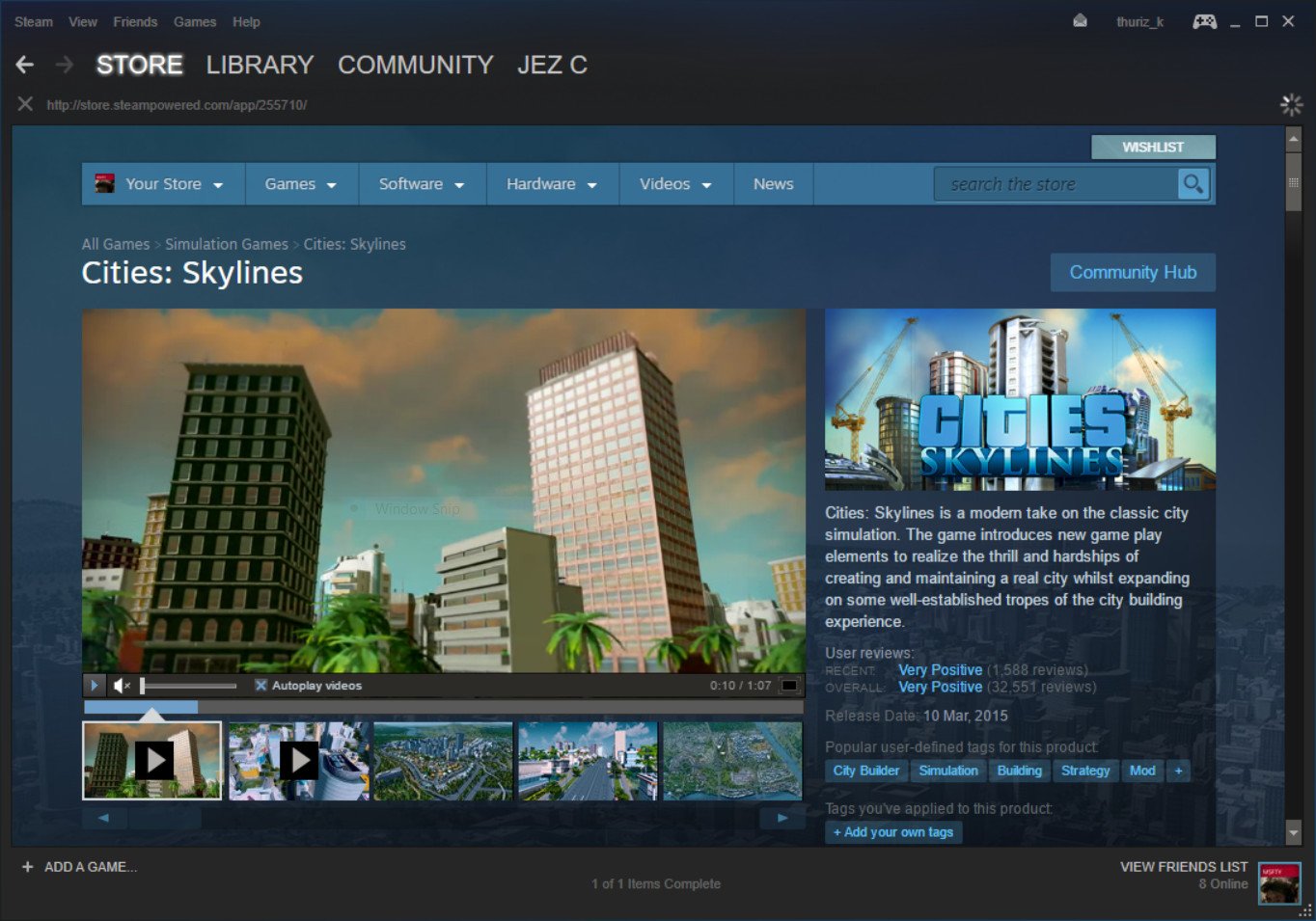
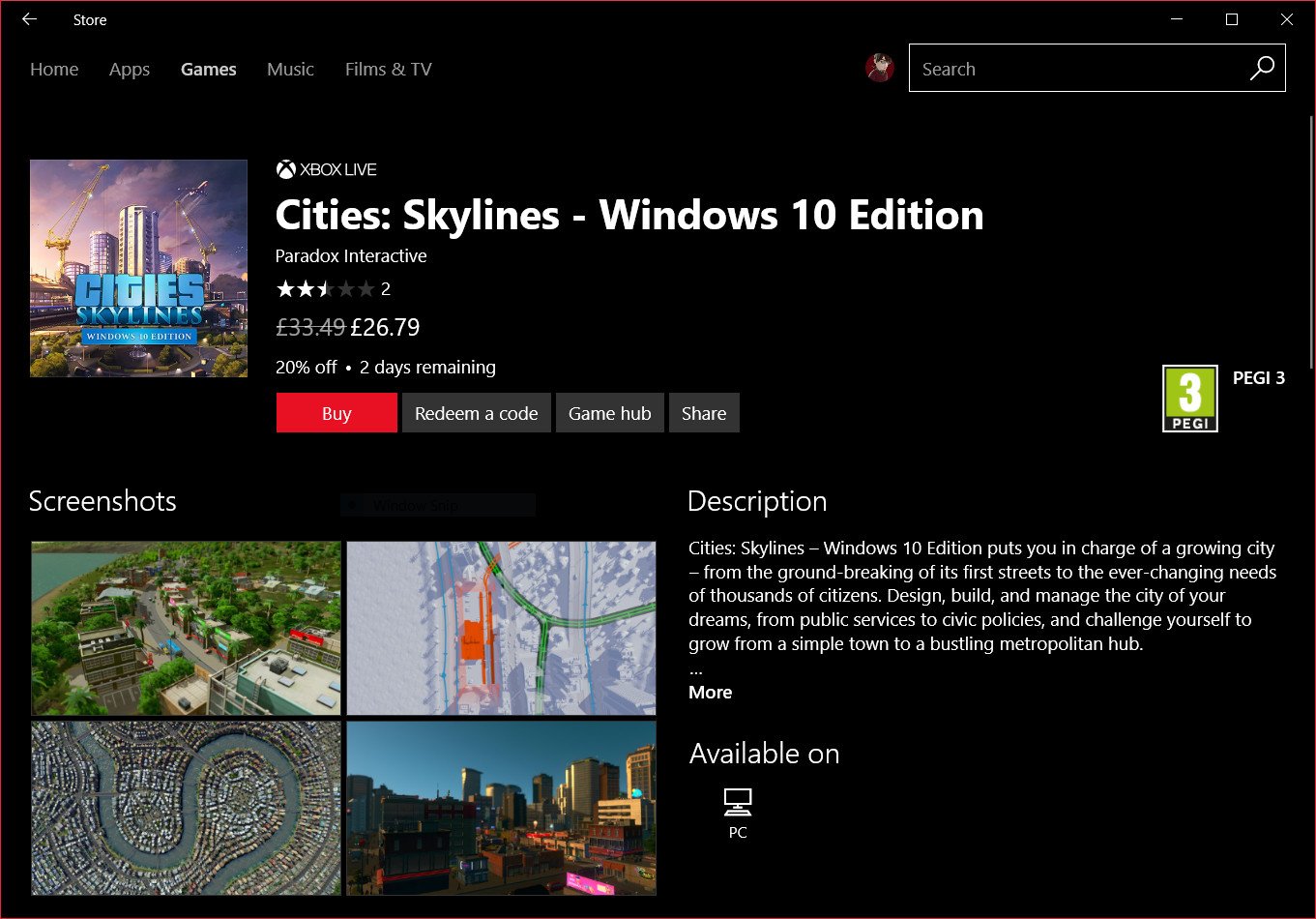
Xbox is synonymous with console gaming, so if it is Microsoft's intention to use that brand on Windows, it should bring the "console" experience along with it. Microsoft should let Steam keep the hardcore crowd and continue supporting Win32, while gunning after a different audience that Steam frankly doesn't serve all that well — casual gamers and console gamers, who might have the interest and resources to pick up a gaming PC.
With "Xbox for PC," you won't have to worry if your Xbox peripherals will work with the game; they just will, as it'll be a requirement for Xbox integration. You won't have to worry about whether a game will run properly because it'll have gone through Xbox's certification processes. You won't have to worry about inconsistent menus and features because the game will run in a UWP container that functions like any other window. Simple and secure Xbox-like installs and uninstalls, that don't interfere with the registry.
In closing
The strategy for Microsoft's UWP gaming efforts have been a little unclear from the outset, and seem to follow an "if we build it, they will come" mentality that hasn't really seen the platform pick up much in the way of meaningful traction across the board. Just like with Windows 10 Mobile and Surface, Microsoft's late entry into the market calls for them to do something unique, rather than take the competition head on.
Microsoft's late entry into the market calls for them to do something unique, rather than take the competition head on.
Microsoft should champion a new "Xbox on PC" initiative that sees any and all games with "Xbox" branding on the Windows 10 Store follow the same feature set, saving on confusion and inconsistency, while giving users a genuinely alternative way to experience gaming on PC that also compliments Xbox. If a newbie gamer on a cheaper, Windows 10 S-based PC eventually decides they want to go Pro, they'll have that option to upgrade and experience the freedom and power of Steam. If they are, however, like me, and simply want something consistent and convenient that fits snugly into a busy lifestyle, sticking with Xbox and UWP should prove the better option. But only if those features (and games) are actually there.
There are problems with my suggestion for sure, and I'm oversimplifying some aspects of it for the sake of brevity. But even if focusing on XPA as the selling point for the Windows 10 Store results in a smaller potential userbase, at least it will have the opportunity to build a userbase at all. Gunning for Steam is only going to create more situations like the one we've seen with Cities: Skylines, and last year's Call of Duty: Infinite Warfare fiasco, where the PC version couldn't communicate with Xbox OR Steam, creating a dead multiplayer community. That shouldn't be allowed to happen on any "Xbox Live" branded game, particularly as Microsoft is attempting to justify the platform's existence with the core PC crowd.
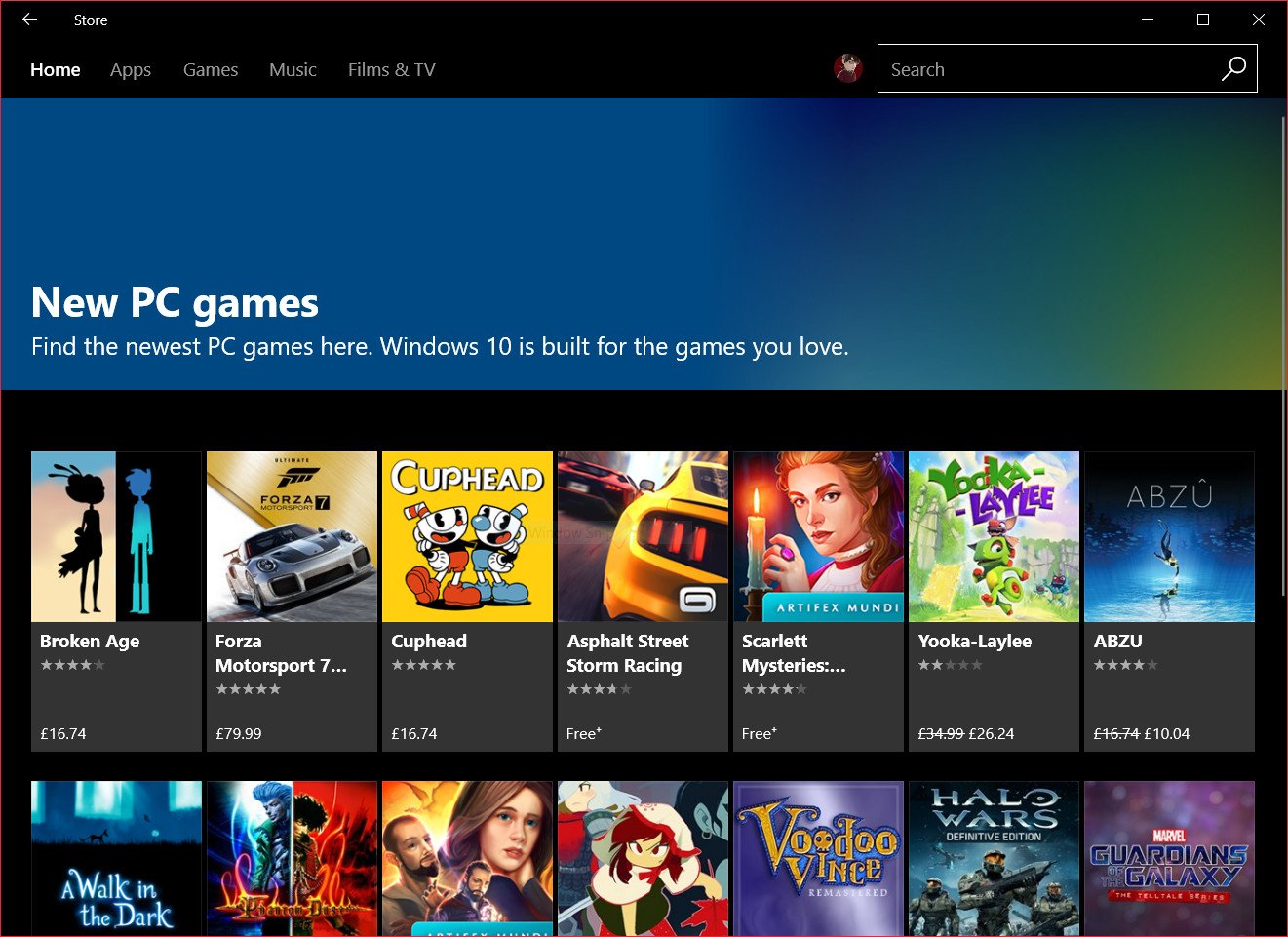
Microsoft has certainly improved UWP and the Windows 10 Store in a huge way over the past couple of years, but now it's time to pick a strategy and run with it, whether it's something more akin to my suggestions, or something more aggressively aligned against Steam. At the moment, the Windows 10 Store looks like "Steam Lite," with far fewer features, and far fewer games. In a world where Windows 10 will get perpetual free updates "as a service," with no intentions for a "Windows 11," selling software through the Windows 10 Store is becoming increasingly essential. Windows can't really afford for the Windows 10 Store to fail. And it needn't.
For those with capable PC hardware, Microsoft has the power to offer something different — and good.
What do you think? Should Microsoft take Steam head on with aggressive price matching? Or create an ecosystem that functions consistently across Xbox and PC? Or perhaps you think they should do something else entirely — sound off in the comments section!

Jez Corden is the Executive Editor at Windows Central, focusing primarily on all things Xbox and gaming. Jez is known for breaking exclusive news and analysis as relates to the Microsoft ecosystem while being powered by tea. Follow on Twitter (X) and Threads, and listen to his XB2 Podcast, all about, you guessed it, Xbox!
